The German Handwriting
I created this overview because there are not enough complete ones. Just draw the letters. The German handwriting can be written without lifting your pen and has originally been written with broad nibs and later with pointed nibs but you can use whatever pen you like. Also make sure to not place ligatures between wordparts. (This is true for all germanic languages.) Furthemore you can see how ü, ö and ä came to be. Instead of intersecting them, Germans started placing the e above the vowels. Later printing adopted the handwriting e above the vowels too. And since the Allied forbid German handwriting and printing fonts 1945, the e-strokes are written as dots because that is what is thought in schools. English writers should also keep in mind that the German handwriting h is identical in shape to the Engish handwriting long ſ and not confuse the two.
To increase readability you can write n and m with a stroke above for mm and nn and you should also make the slants between n, u, m, e and i longer than the slants inside of n and m and the little line connecting the e-strokes shorter.
The letters and characters above are:
A B C D E F G H I J K L
M N O P Q
R S S St St T U V W X Y Z Z
a b c d e e f g h i j k l m n o p r ſ ſ ſt ſ ſt t t u v s s
ß ß w x y z z ch ck
. : , ; ! ? „“ - — ( ) ' F
You can find more letter tables and examples here:
deutsche-kurrentschrift.de/index.php?s=abc_antiqua_kurrent
kurrentschrift.net/index.php?s=alphabet
deutsche-handschrift.de/adsschreiben.php#schriftfeld
